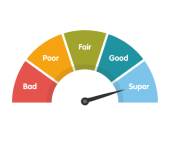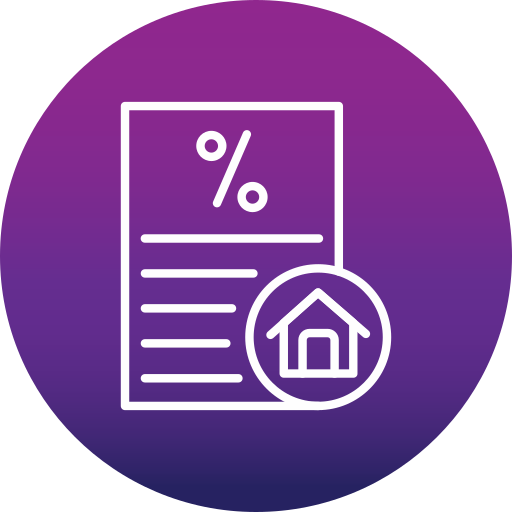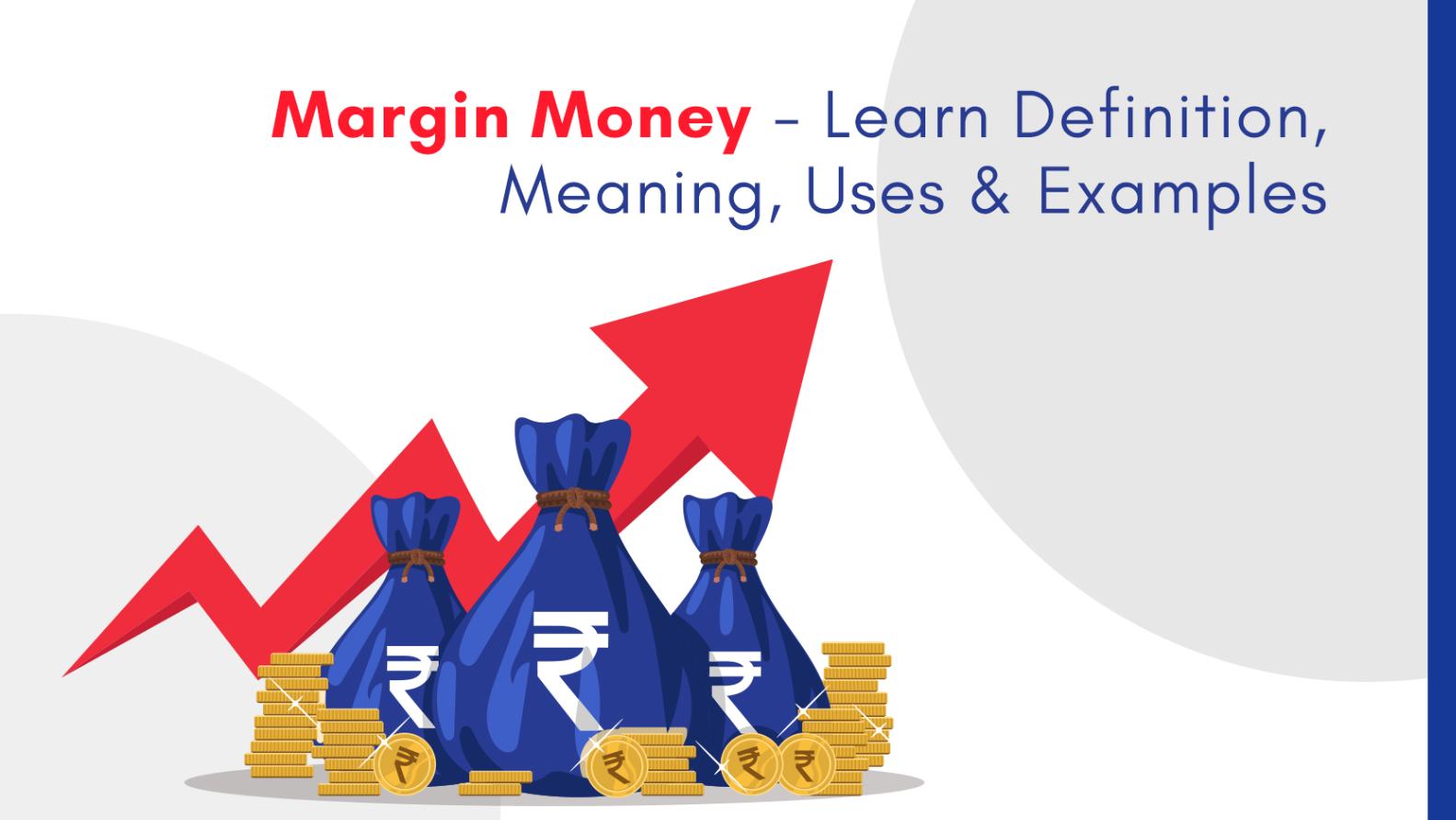Special Offers




Special Offers




07-Mar-2024 | Home Loan

Margin money in a home loan refers to the amount that the borrower must contribute from their own funds towards the purchase of the property. It is a certain percentage of the total property cost that is not covered by the loan.
Margin money in the context of a home loan refers to the portion of the property's purchase price that the borrower must pay out of their own funds, before obtaining the loan from the bank or financial institution. This amount is not covered by the loan and needs to be paid upfront by the borrower. The purpose of margin money is to ensure that the borrower has a significant personal stake in the property. The exact percentage of margin money required varies depending on the lender's policies and the property's value, but it typically ranges from 10% to 25% of the total property cost. This requirement helps mitigate the lender's risk by ensuring that the borrower is financially committed to the investment.
Margin money refers to the amount of money that borrowers must contribute from their own funds when taking a home loan. It serves as an initial deposit and represents a part of the investment's total value, ensuring the investor has a stake in the home purchased.
|
Criteria |
Margin Money |
|
Definition |
Margin money in the context of a home loan refers to the amount that the borrower needs to contribute from their own funds, while the remaining amount is financed by the bank or financial institution. It is a percentage of the total value of the property. |
|
Purpose |
The purpose of margin money is to ensure that the borrower has a personal stake in the property, reducing the risk for the lender. It represents the borrower's initial investment in the property. |
|
Risk |
The risk to the borrower is relatively low and limited to the possibility of losing the margin money if unable to repay the loan. The property itself serves as collateral. |
|
Interest |
There is no interest charged on the margin money itself as it is the borrower's contribution. Interest is charged on the borrowed amount (the loan). |
|
Regulatory Oversight |
In India, home loans and the requirement for margin money are regulated by the Reserve Bank of India (RBI) and other regulatory bodies, ensuring protection for borrowers. |
Lower Loan Amount: Paying a higher margin money upfront reduces the total loan amount, leading to lower interest payments over the life of the loan.
Improved Loan Approval Chances: A higher margin contribution can improve the borrower's loan approval chances as it demonstrates financial discipline and stability to the lender.
Competitive Interest Rates: Sometimes, lenders offer competitive interest rates for loans with a higher margin money contribution, as it reduces the lender's risk.
Equity Building: Paying more margin money helps in building equity in the property faster, which can be beneficial for the borrower in the long run.
Reduced Debt Burden: With a lower loan amount, the EMI (Equated Monthly Installment) is also lower, reducing the monthly financial burden on the borrower.
Paying margin money also has a few cons that vary depending on the individual. It can reduce liquidity, lead to sudden financial stress, or affect the availability of cash. Therefore, borrowers must assess whether they can take on this financial responsibility before agreeing to a large sum of margin money. A small percentage, typically 10-25%, can be considered suitable as margin money for taking out a home loan or home construction loan.
Down Payment on Property Purchase: When purchasing a property worth INR 50 lakh, if the bank agrees to finance 80% of the property value (INR 40 lakh), the borrower is required to pay the remaining 20% (INR 10 lakh) as margin money. This upfront payment is a form of equity investment in the property.
Top-up for Loan Shortfall: If the actual cost of the home escalates to INR 55 lakh due to additional charges like GST, stamp duty, and registration fees, and the bank still finances only INR 40 lakh, the buyer would need to increase the margin money by an additional INR 5 lakh to cover the shortfall.
Construction-linked Payment Plans: In the case of under-construction properties, buyers might pay margin money in installments aligned with the construction stages. For instance, if a buyer needs to pay 20% upfront and the rest in stages based on construction progress, each installment payment to the builder is part of the margin money until the loan disbursement matches the construction progress.
In conclusion, Margin money in home loans acts as the borrower's stake in the property, reducing loan amounts, signalling a commitment to lenders, and influencing loan terms and interest rates favourably.